LATEST INSIGHTS
Your Present Location: LATEST INSIGHTSZamir Awan: A New Horizon in EU-China Relations
Source: Modern Diplomacy Published: 2025-05-11
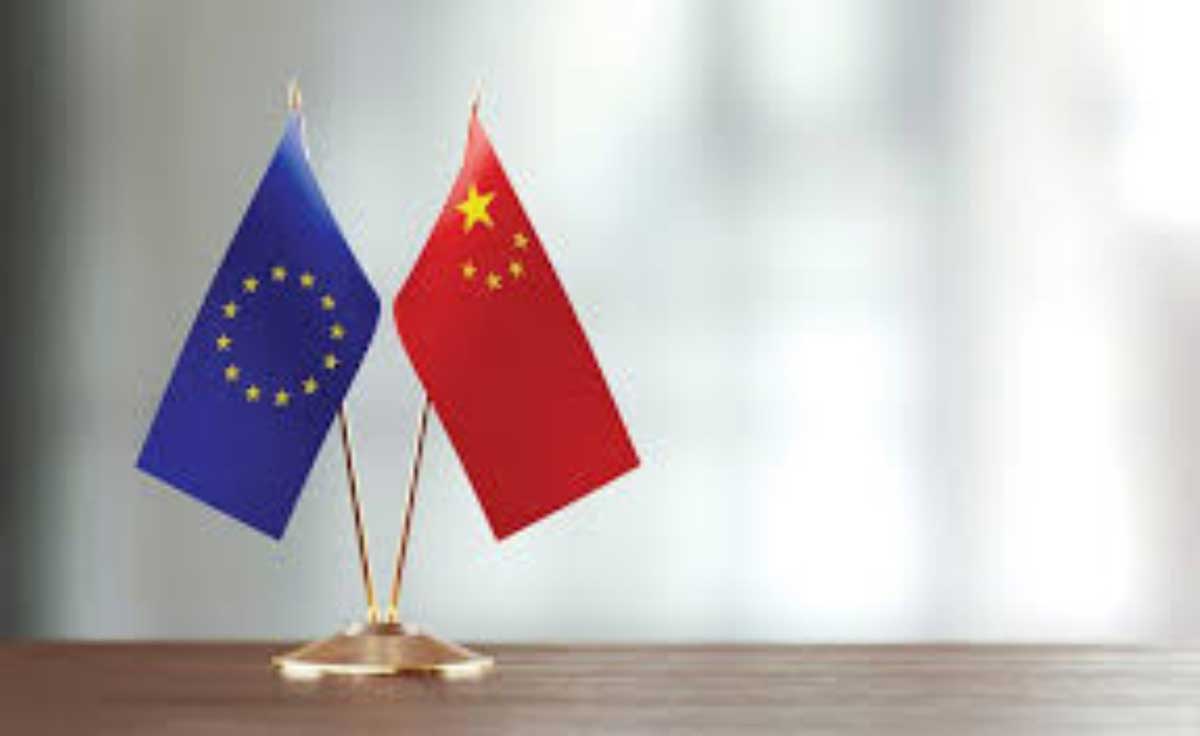
By Zamir Awan
Founding Chair GSRRA, Sinologist, Diplomat, Editor, Analyst, Advisor
As China and the European Union (EU) mark the 50th anniversary of their diplomatic relations, the global geopolitical landscape presents both a challenge and an opportunity for a deeper, more meaningful partnership between the two. Recent gestures of goodwill from both sides suggest a thaw in what has, for the past few years, been a relationship clouded by mistrust, external pressure, and economic friction. This renewed momentum toward collaboration signals not only mutual benefit for China and Europe, but also a stabilizing force for an increasingly fragmented world.
Winds of Change: A Shifting Global Context
Historically, China and the EU have had no direct clash of core interests. Despite differences in governance models, their economic and cultural engagements have thrived. In 2022, China was the EU’s largest source of imports and its third-largest export market, with trade in goods between the two reaching over €856 billion. Investments, joint ventures, and technological exchanges have flourished, with major European companies like Volkswagen, BMW, Siemens, and Airbus deeply engaged in the Chinese market.
Yet, political pressure—particularly from the United States—has interrupted the natural course of EU-China relations. European bans on Chinese tech firms like Huawei, increased scrutiny of Chinese investments, restrictions on high-tech cooperation, and limitations on Chinese students in advanced scientific fields all point to externally induced caution rather than organic tensions.
However, with the re-emergence of Donald Trump on the U.S. political scene and his America-first policies—including the imposition of tariffs on EU goods, unilateralism on the Ukraine crisis, and demands for increased NATO spending—the EU is once again reminded of the importance of strategic autonomy. European leaders are beginning to realize the necessity of diversifying partnerships, rebalancing their foreign policies, and engaging with China on more equal and independent terms.
Convergence of Interests
The EU and China share far more common ground than is often acknowledged. Both are strong supporters of multilateralism, climate action, and global economic stability. Both are advocates for the peaceful resolution of international conflicts, and both recognize the benefits of an interconnected global economy.
1. Economic Synergy:
China and the EU are economically complementary. China’s industrial might and the EU’s technological and financial sophistication offer the foundation for robust trade and investment cooperation. For example, despite trade frictions, over 2,700 German companies are operating in China, and trade between China and Germany alone exceeded €300 billion in 2023. Recent EV partnerships, such as BYD’s and Nio’s growing presence in the German market, provide a lifeline to Europe’s ailing auto industry.
2. Green Transition & Climate Cooperation:
Both sides are global leaders in the green transition. China leads the world in solar panel production, battery technology, and electric vehicles, while the EU has been at the forefront of environmental regulation and green finance. Cooperation in clean energy, sustainable urban development, and carbon trading systems can accelerate the global fight against climate change. The 2019 China-EU Strategic Agenda for 2025 already outlines several avenues of green collaboration.
3. Technology & Innovation:
While concerns exist regarding intellectual property and security, the opportunities for cooperation in AI, 5G, smart manufacturing, and biotechnology are immense. Joint research programs and academic exchanges—particularly if freed from political restrictions—can enhance innovation and global competitiveness for both.
4. Global Governance & Peace:
In an age where multilateral institutions are weakened, China and the EU can jointly reinvigorate global governance. Whether it is reforming the World Trade Organization, pushing for equitable vaccine distribution, or contributing to peacebuilding efforts in the Middle East and Africa, their combined voice can be powerful. The EU’s diplomatic reach and China’s development model—exemplified by the Belt and Road Initiative—can together offer a balanced alternative to zero-sum politics.
Case in Point: Central and Eastern Europe
China’s engagement with Central and Eastern Europe (CEE) under the “China-CEEC 14+1” initiative has brought tangible benefits to infrastructure development, trade, and cultural ties. Countries like Hungary and Serbia have seen direct investments in railways, energy, and logistics. With proper coordination, such partnerships can align with the EU’s broader regional development goals, particularly the “Global Gateway” strategy, which aims to boost sustainable infrastructure around the world.
Opportunities in a Multipolar World
As the world tilts toward multipolarity, neither the EU nor China benefits from a binary “with us or against us” framework. Instead, embracing complexity and fostering pragmatic cooperation is the way forward. The rise of protectionism, pandemic-induced disruptions, and geopolitical conflicts like the war in Ukraine underscore the need for resilient global partnerships.
1. Boosting Investment:
Both parties should finalize and ratify the Comprehensive Agreement on Investment (CAI), which has been stalled due to political tensions. The CAI can level the playing field, provide greater market access, and promote sustainable business practices.
2. Reviving People-to-People Exchanges:
Academic, cultural, and tourism exchanges must be encouraged. EU universities have historically welcomed thousands of Chinese students. Restoring such pathways can foster mutual understanding and innovation.
3. Establishing Dialogue Mechanisms:
High-level dialogues on technology, trade, climate, and digital governance can prevent misunderstandings and facilitate smoother cooperation. The China-EU High-Level Economic and Trade Dialogue held in 2023 is a good start, but more frequent and thematic interactions are needed.
A Human-Centric, Peace-Driven Future
What ultimately binds China and the EU is a shared vision for a peaceful, prosperous, and sustainable world. In an era where economic decoupling, ideological divisions, and military alliances threaten global harmony, the China-EU partnership can be a stabilizing anchor. The collaboration between China’s manufacturing capability and Europe’s regulatory precision can produce not only economic growth but also socially responsible innovation.
Instead of yielding to external pressure or falling into the trap of viewing each other through a lens of competition, both sides must focus on human-centric development. Investment in healthcare, education, climate adaptation, and poverty alleviation should define this new chapter.
A Partnership Worth Nurturing
The road ahead may not be without challenges, but the potential rewards far outweigh the risks. The EU-China relationship is not about choosing sides but about choosing the future—one where cooperation replaces confrontation and mutual benefit guides international relations.
As we celebrate 50 years of diplomatic ties, let this moment be a turning point—not just a symbolic milestone. Let China and the EU walk hand in hand toward a fairer global order, where their partnership contributes meaningfully to global development, economic stability, and lasting peace.
The world is watching. Let the next 50 years be defined not by suspicion and division, but by trust, openness, and shared purpose.







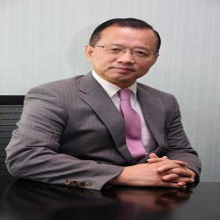

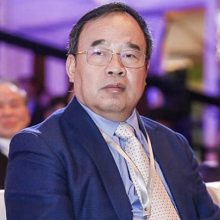


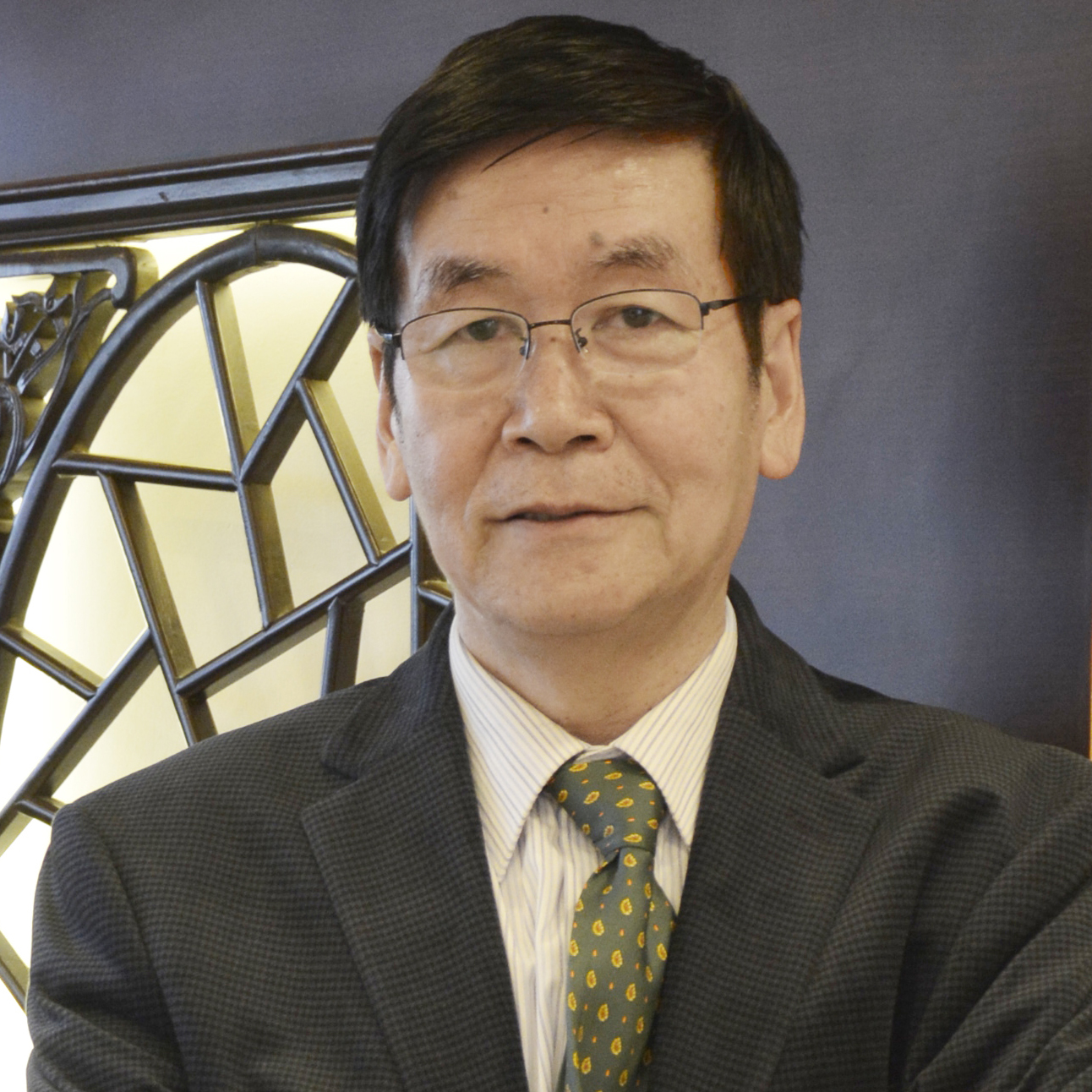
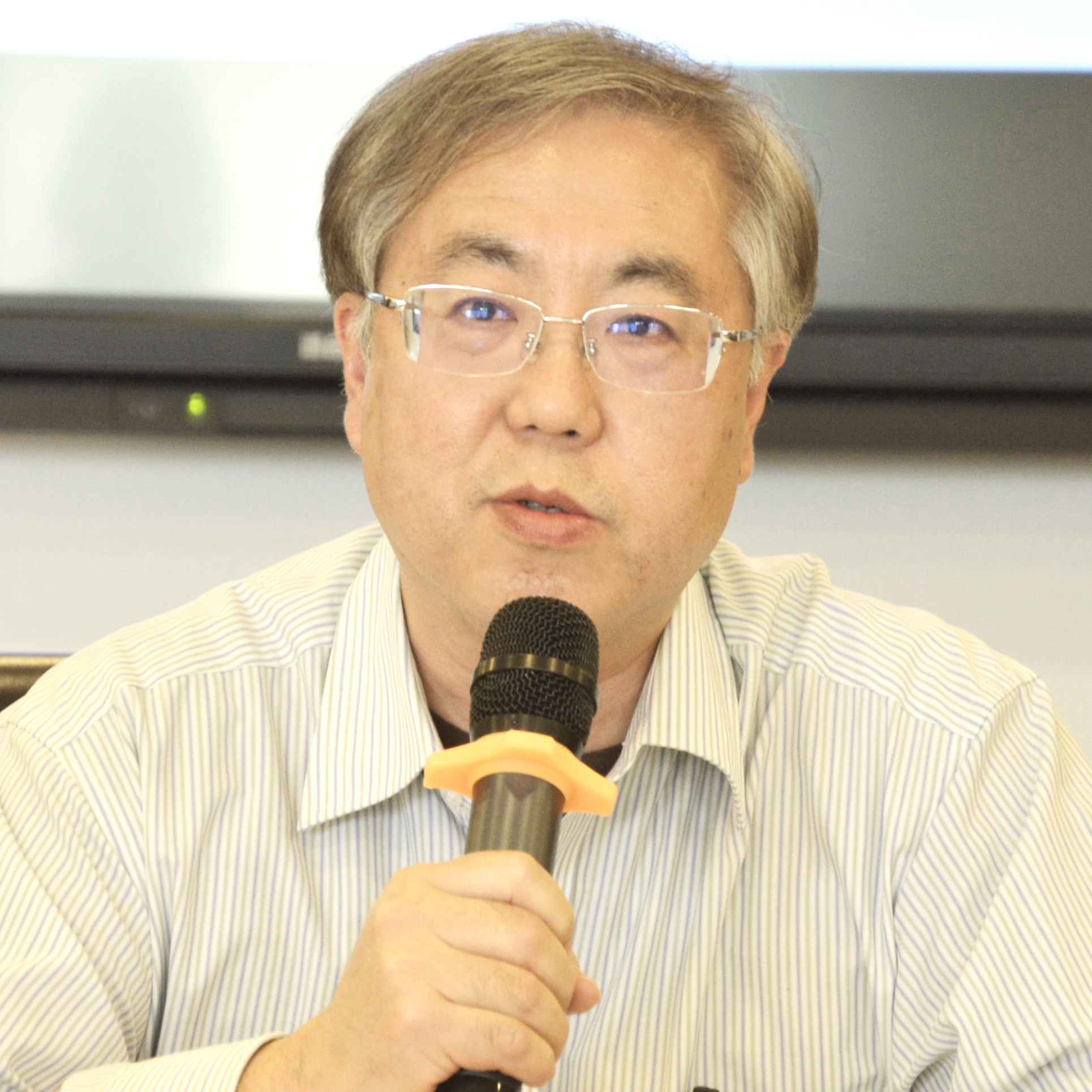

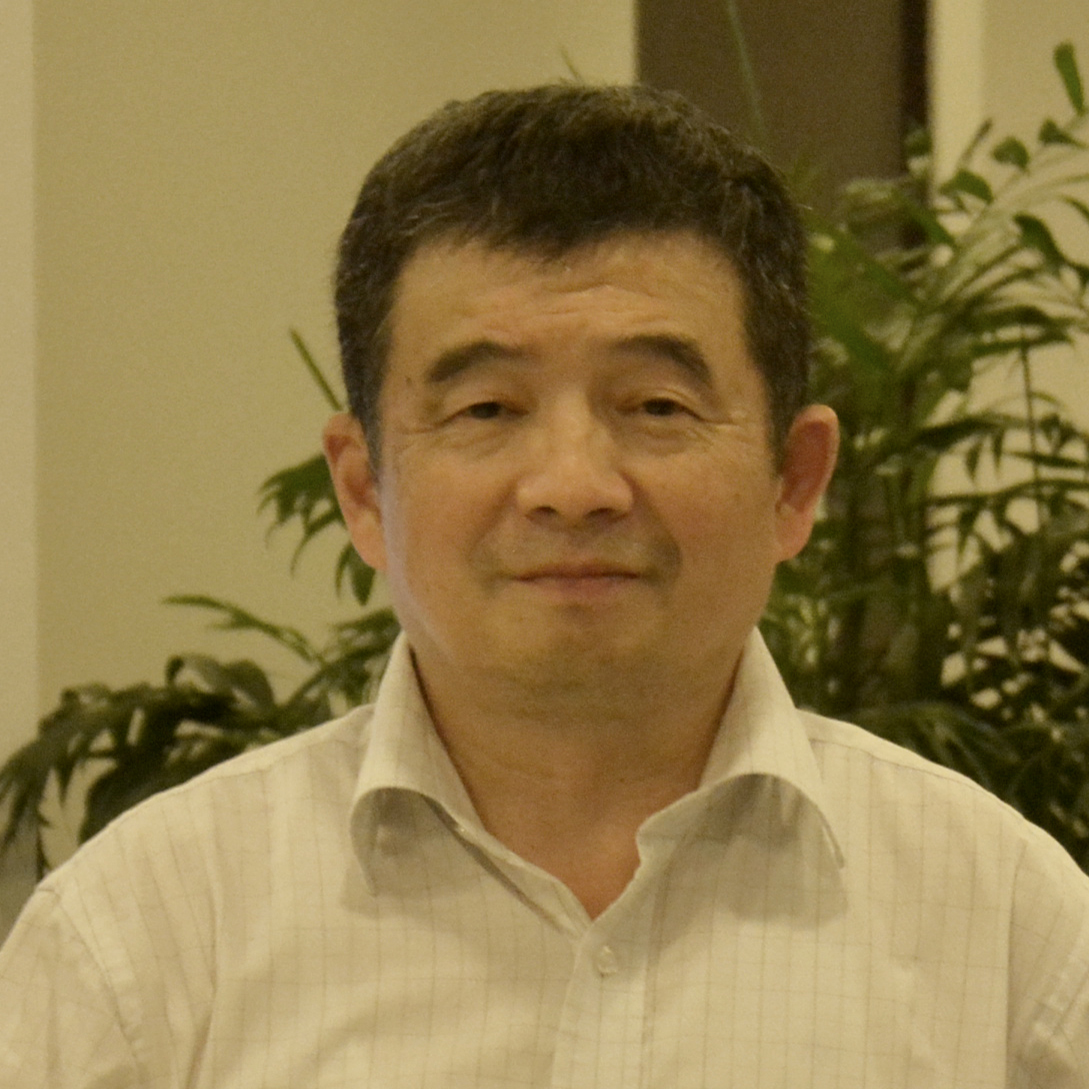
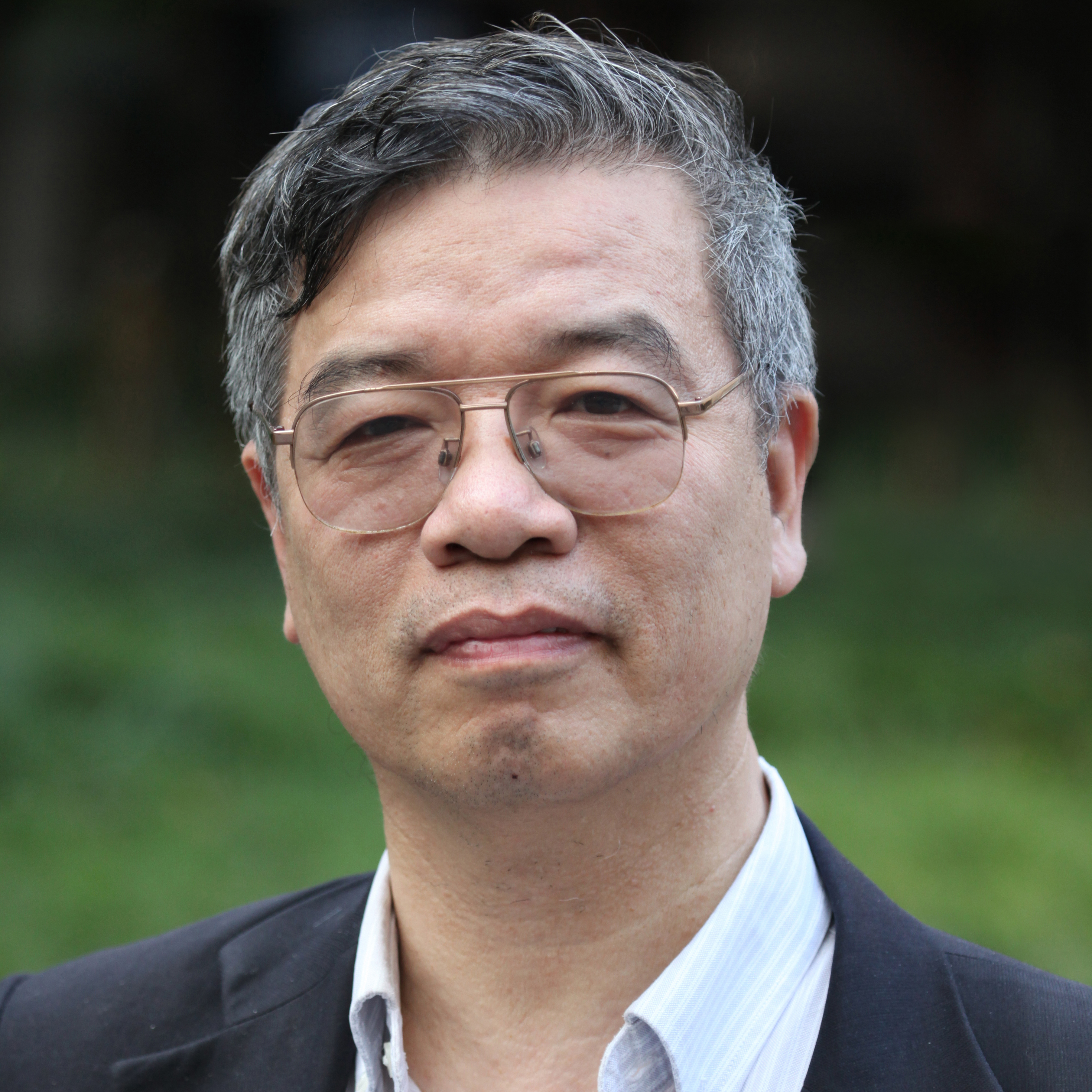

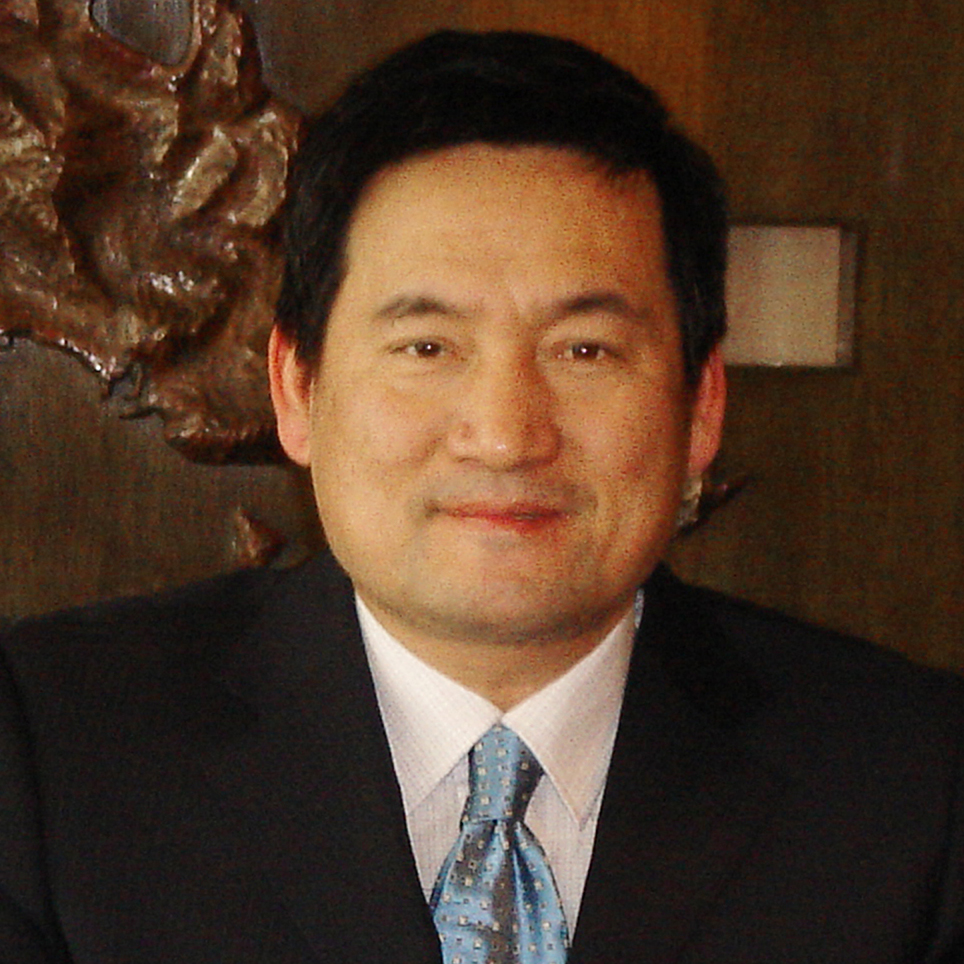








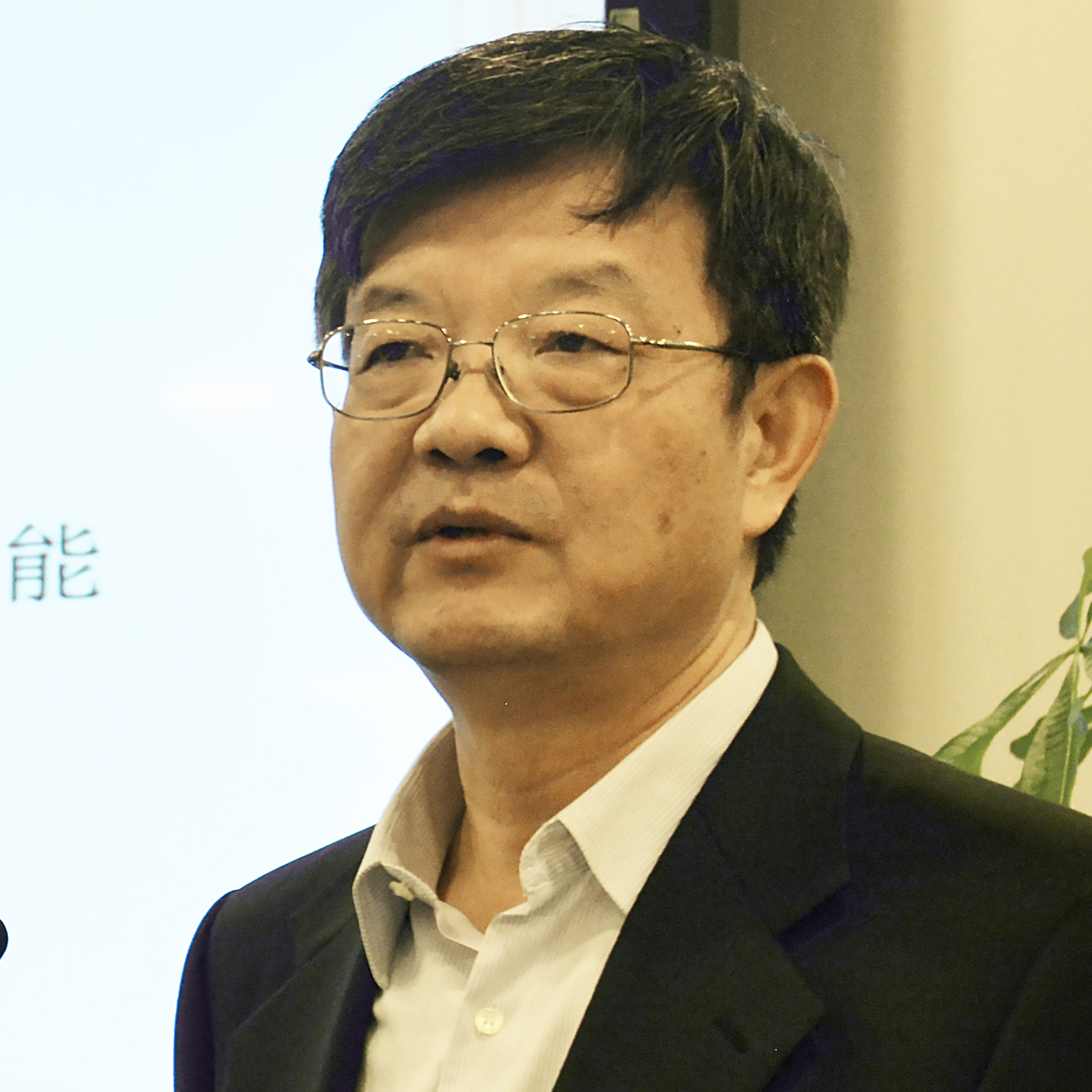
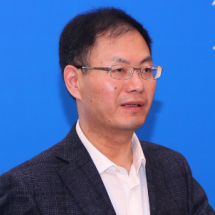

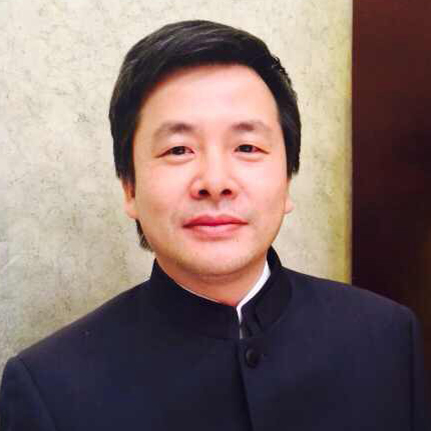
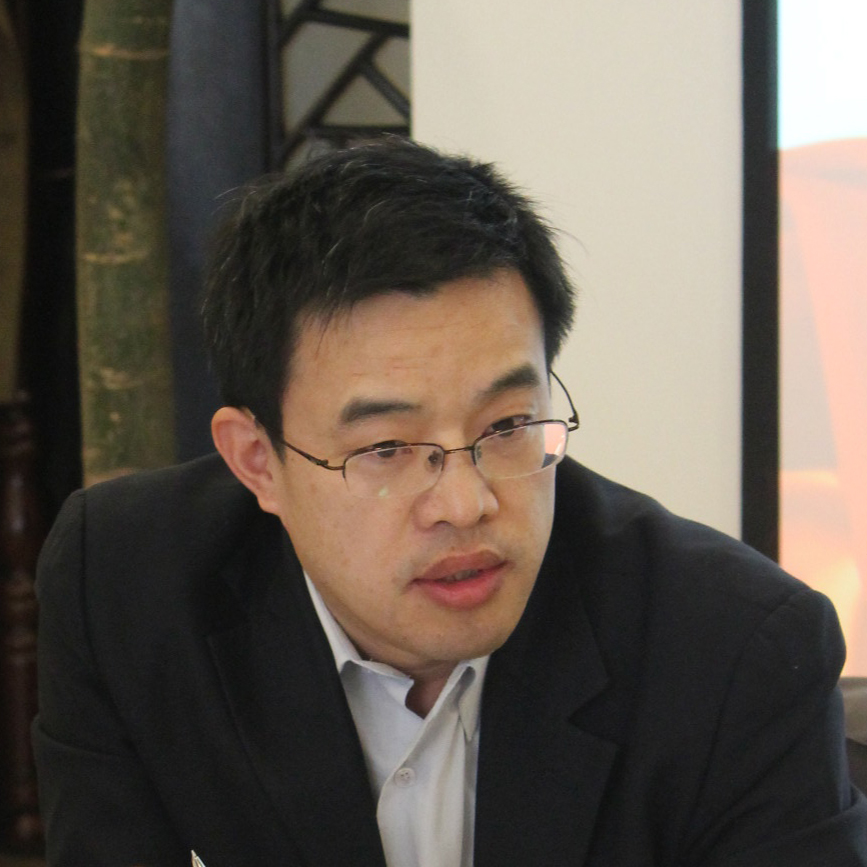
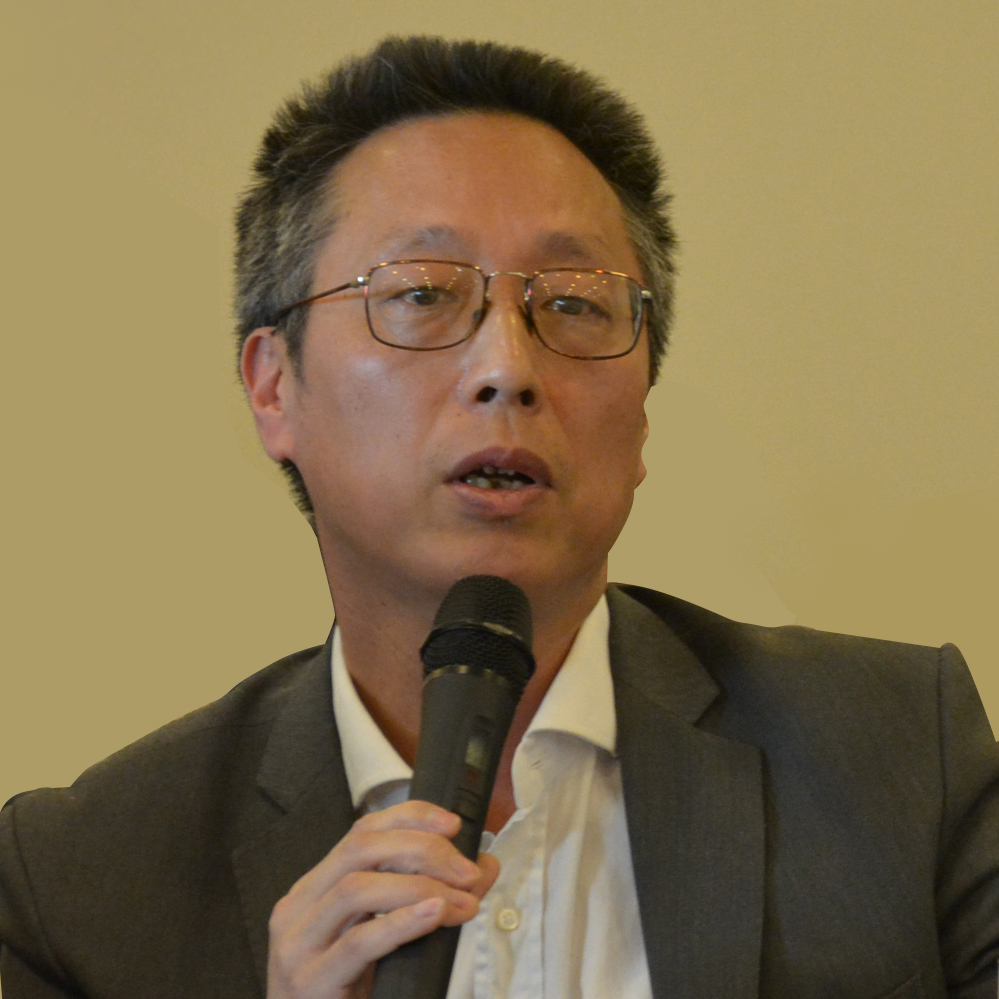
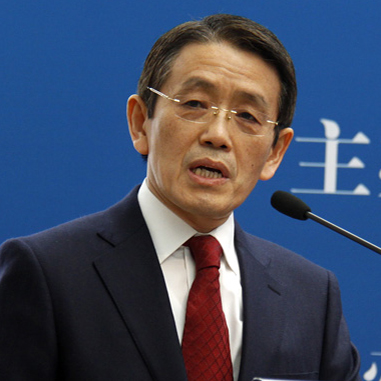

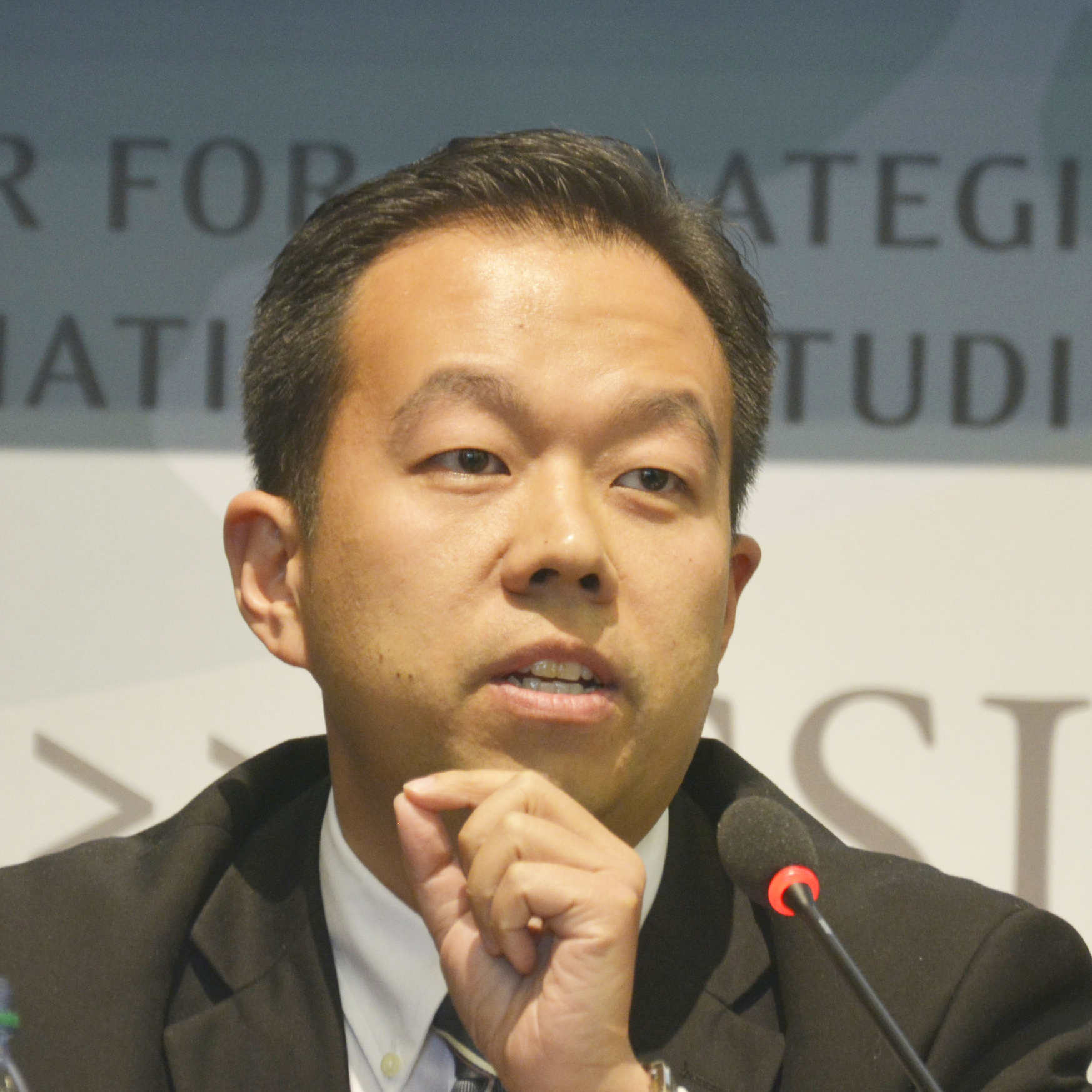


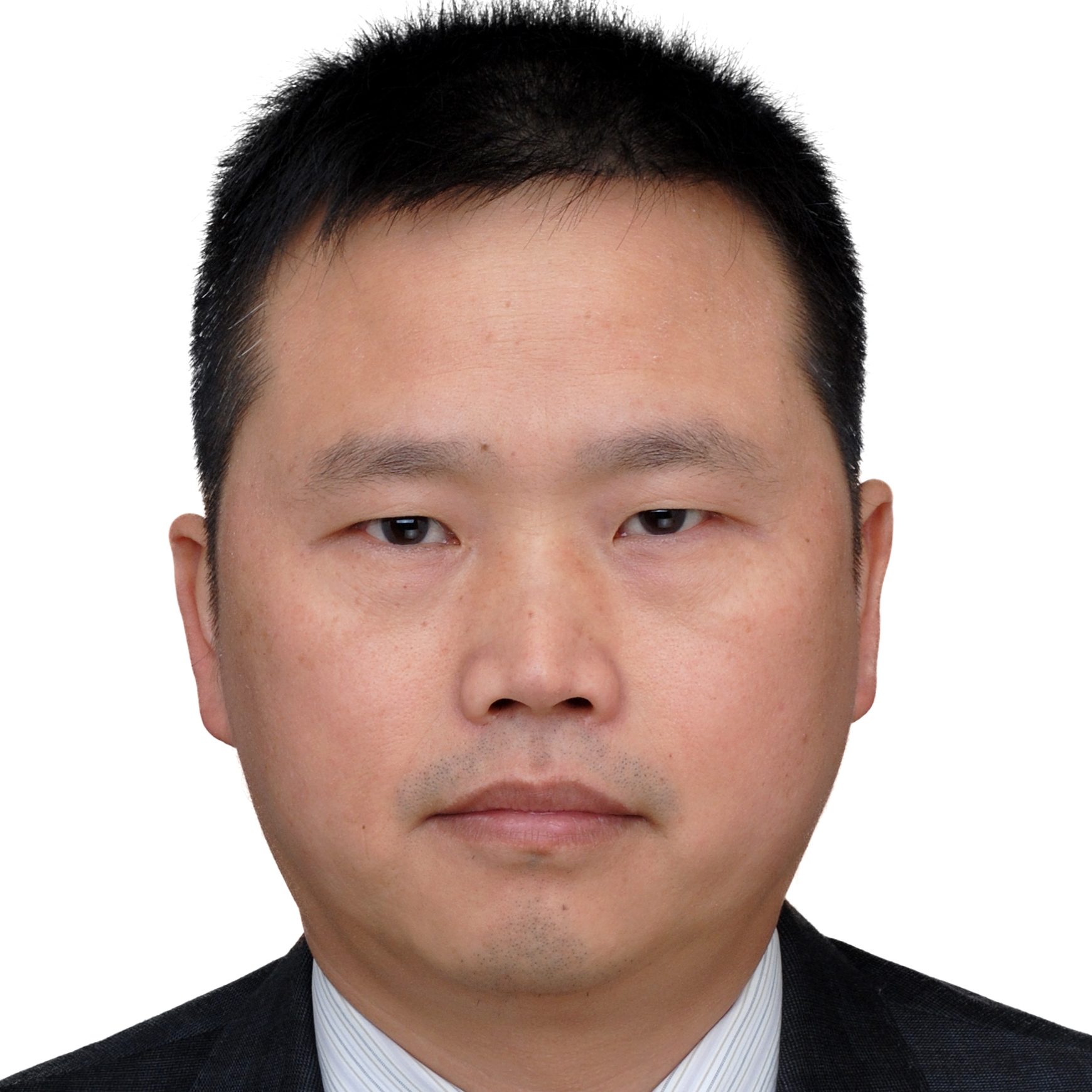


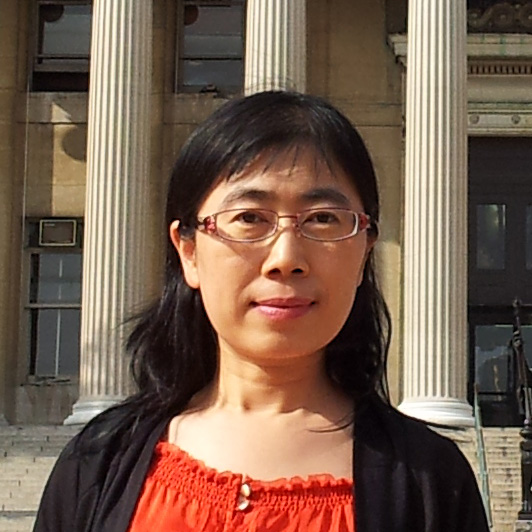
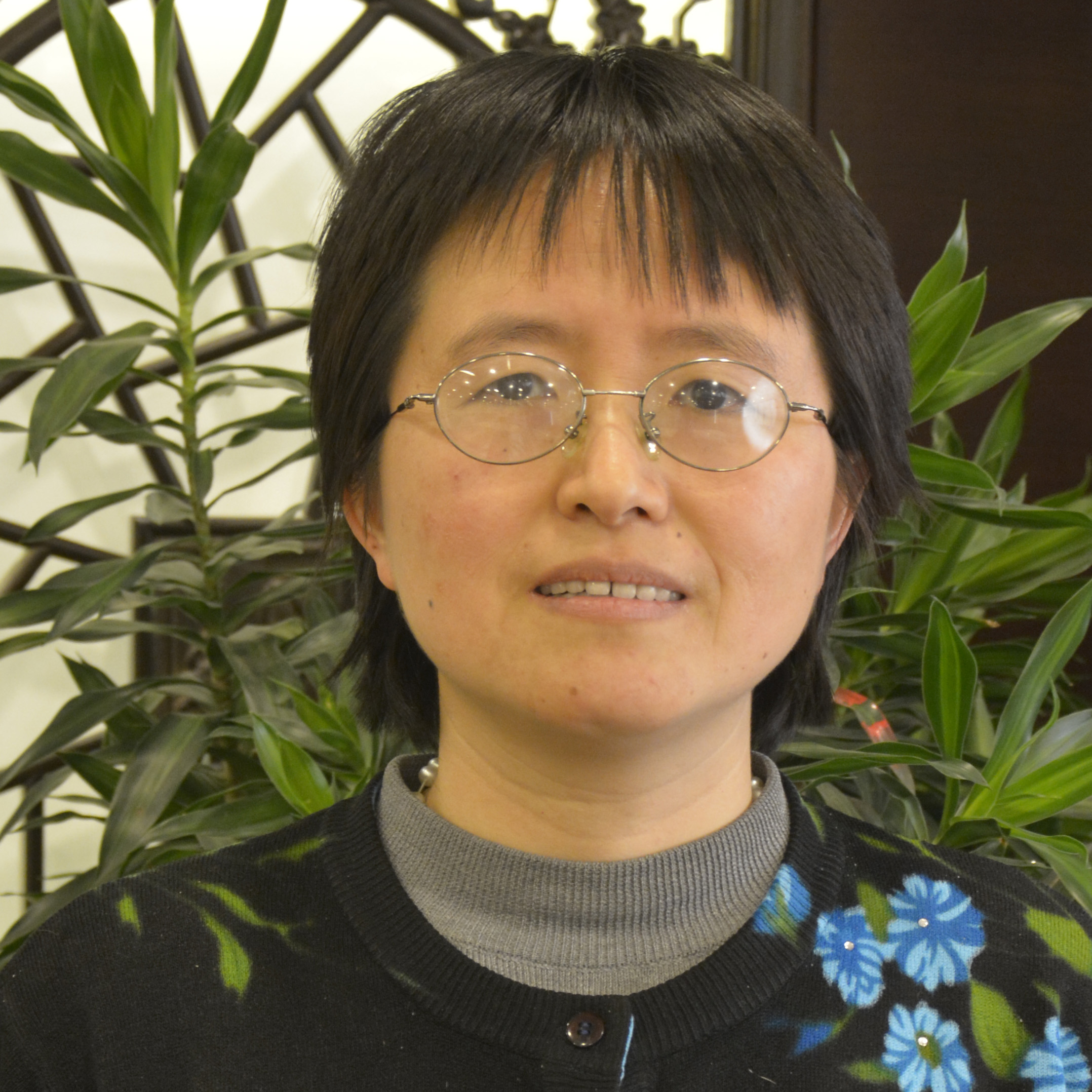



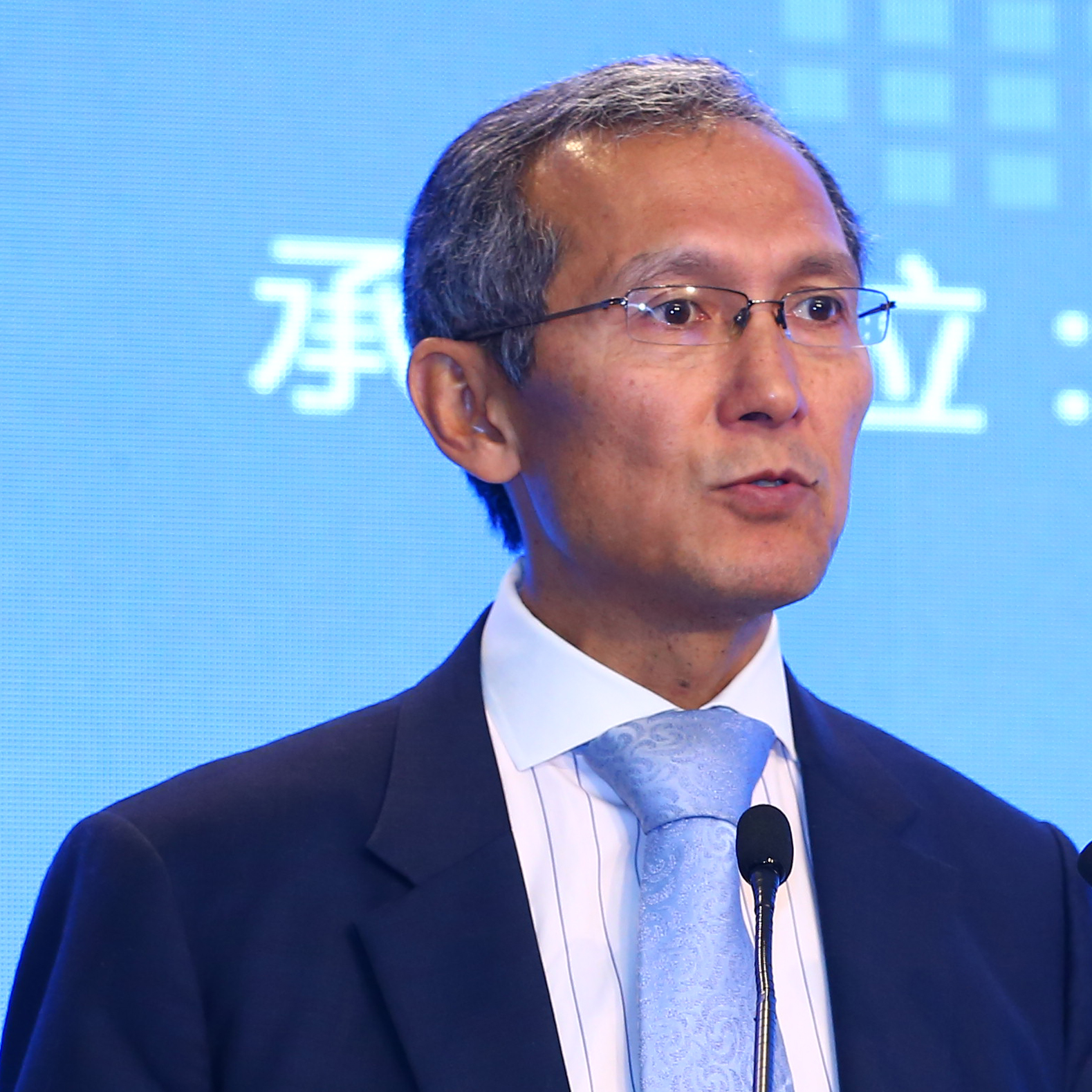


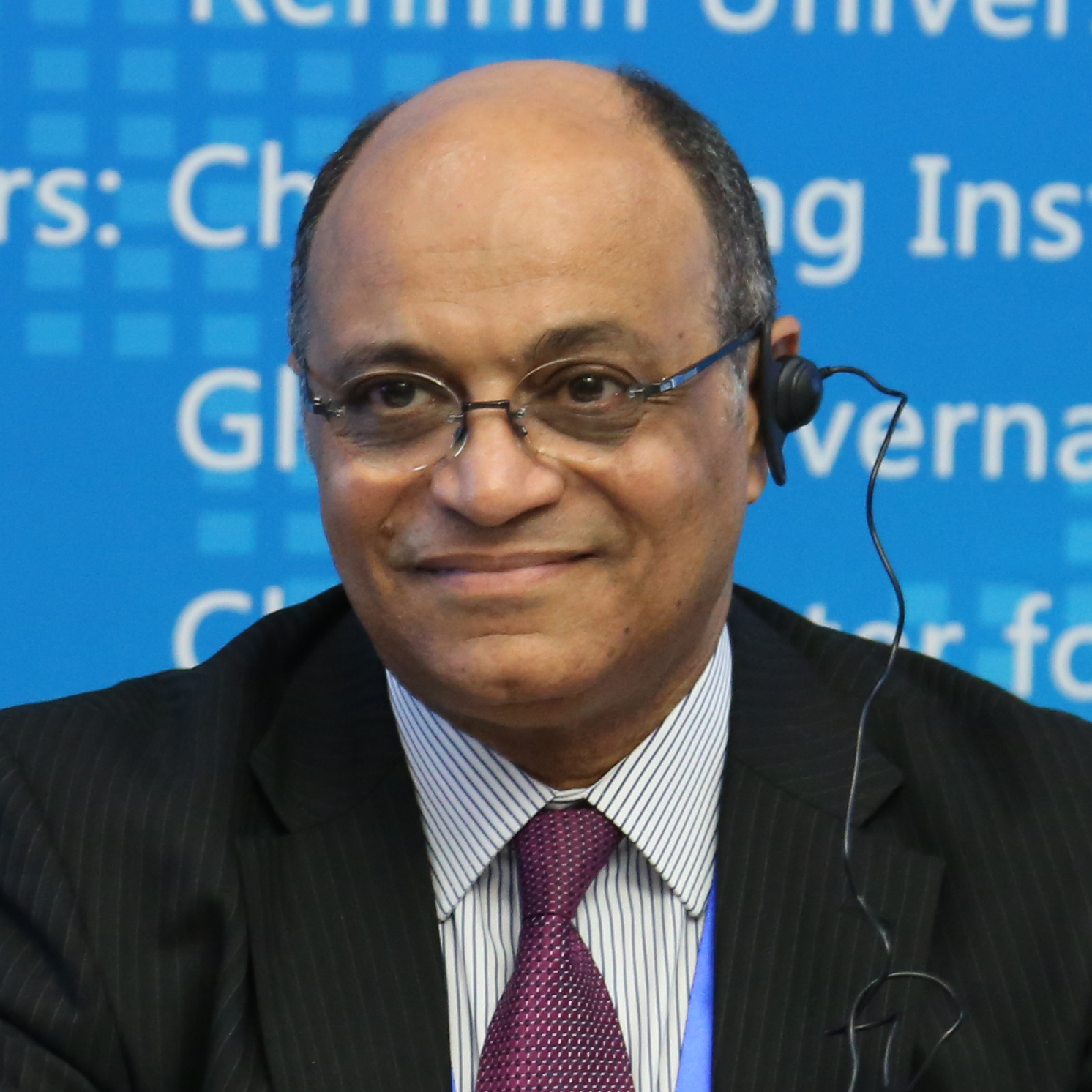














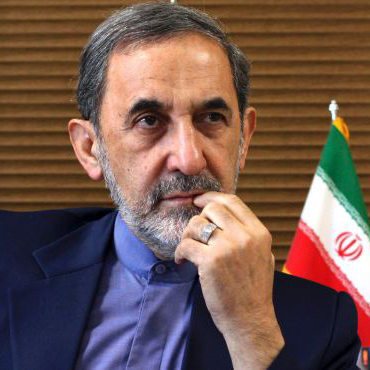


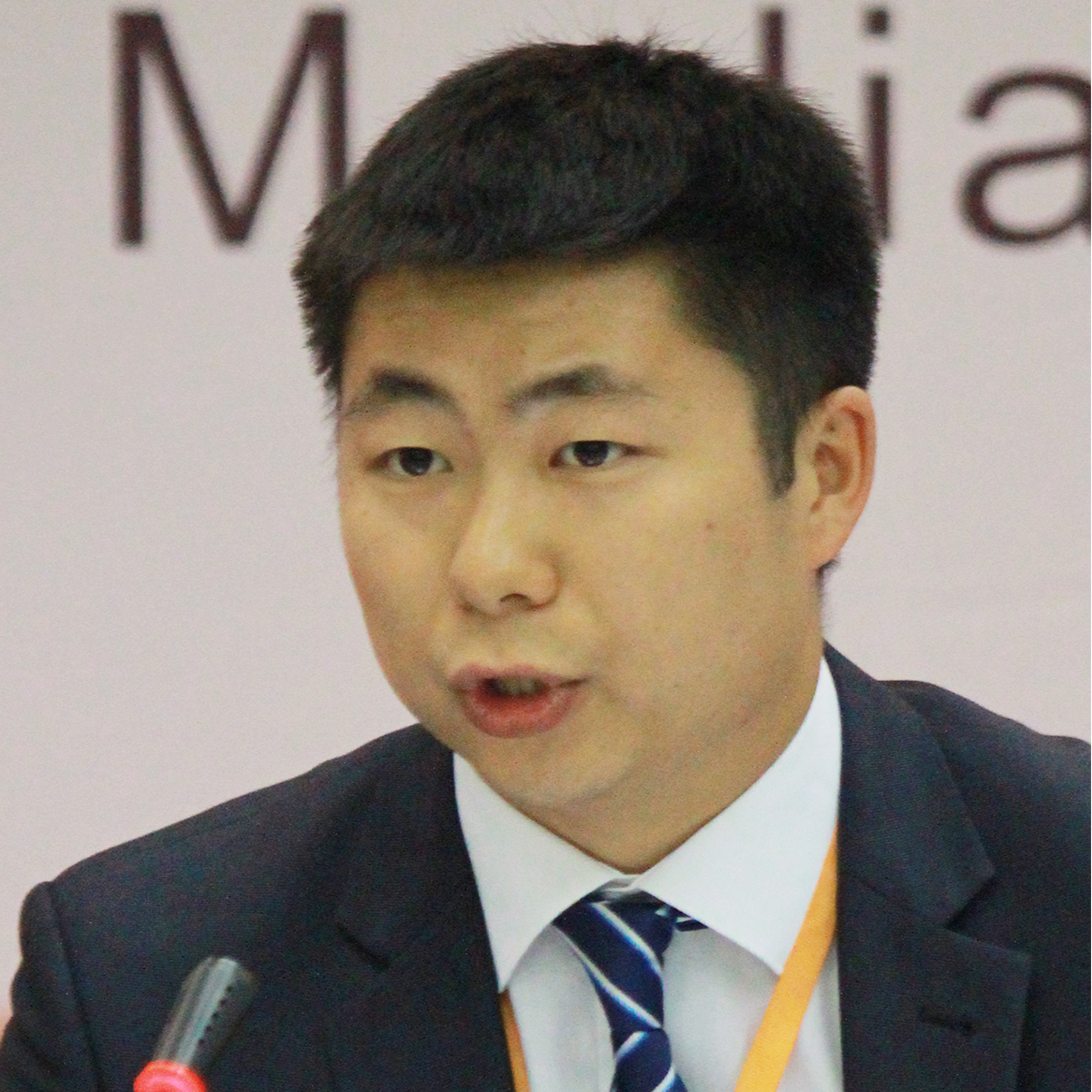

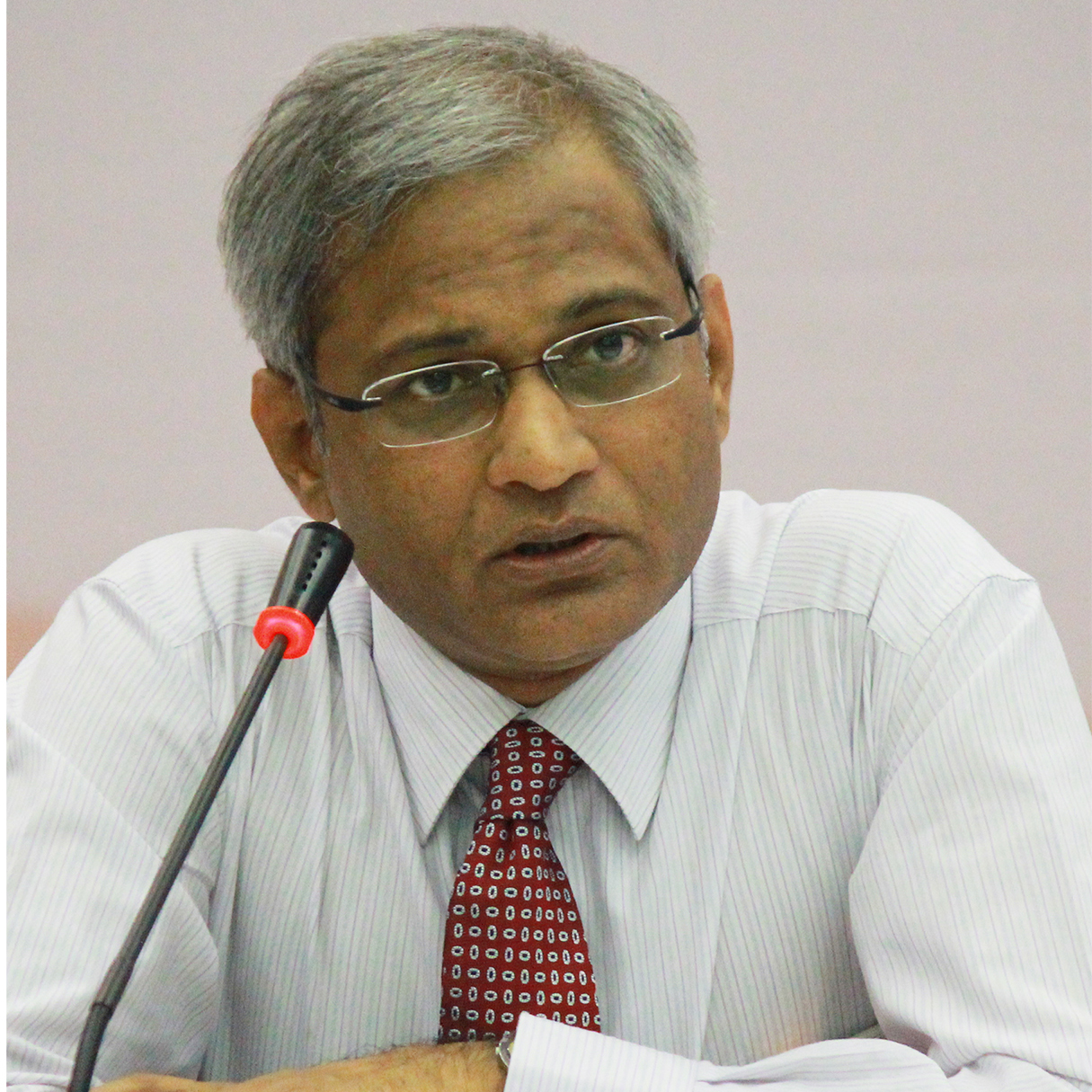

















 京公网安备 11010802037854号
京公网安备 11010802037854号





